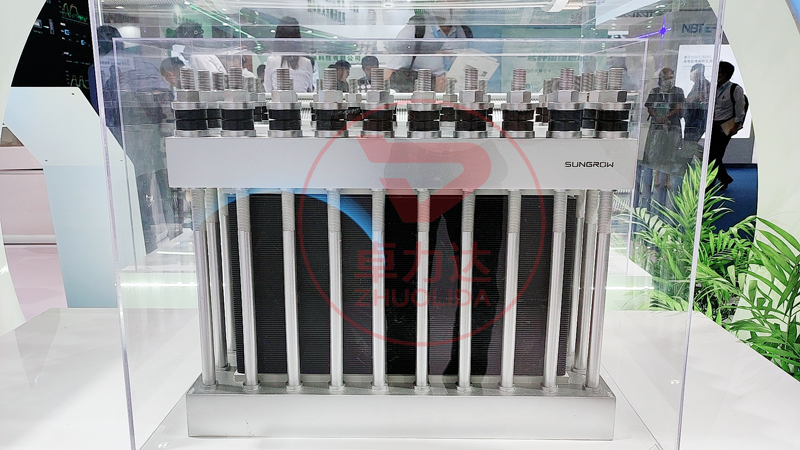
Metal bipolar plates are an important component used in batteries or electrochemical equipment, and their construction design has a significant impact on the performance and stability of the equipment. The following is a detailed construction explanation of metal bipolar plates:
Base material: Metal bipolar plates are usually made of metal materials with good electrical conductivity, common materials include copper, aluminum, nickel, stainless steel and so on. Factors such as electrical conductivity, corrosion resistance and mechanical strength should be considered when selecting the material.
Coating: A special coating is usually applied to the base material to increase its electrochemical properties and corrosion resistance. The coating can be a single material, such as a galvanized layer, a nickel layer, etc., or a composite material, such as a chrome-plated alloy layer, a carbide coating, etc.
Through holes and venting holes: Metal bipolar plates usually have many through holes and venting holes for electrolyte flow and gas release. The design and layout of these holes can affect the performance and efficiency of the equipment.
Current collector bars: In some designs, there are current collector bars on the surface of metal bipolar plates to concentrate the current and evenly distribute the electrolyte, improving the efficiency and stability of the battery or electrochemical equipment.
Patterned structures: In order to meet the needs of different batteries or equipment, the surface of metal bipolar plates often have patterned structures, such as etched patterns, concave-convex structures, etc., which are used to increase the surface area, improve the distribution of current, and improve the reaction efficiency.
Connections: Metal bipolar plates have connections on them for connecting the positive and negative terminals of the battery, or for connecting the circuits of other electrochemical devices. The design of the interface should consider the electrical connectivity, mechanical strength and corrosion resistance.
Anti-corrosion treatment: Metal bipolar plates are usually treated with anti-corrosion treatment, such as plating, coating, anodizing, etc., during the manufacturing process to increase their corrosion resistance and service life.
Size and shape: The size and shape of metal bipolar plates will depend on the specific equipment design requirements, and the common shapes include rectangle, circle, oval, etc. The size will be selected according to the capacity and power requirements of the equipment.
To summarize, the construction of metal bipolar plate includes many aspects such as base materials, coatings, through holes and exhaust holes, current collector, patterned structure, connecting interface, anti-corrosion treatment, size and shape, etc., and each of these aspects has an important impact on the performance and use of the metal bipolar plate.
Contact: andy_Lai
Phone: 18938693450
E-mail: yw9@zldsmt.com
Add: Building A3, Huafa Industrial Park, Fuyong Town, Fuyuan Road, Fuyong Town, Baoan District, Shenzhen,China